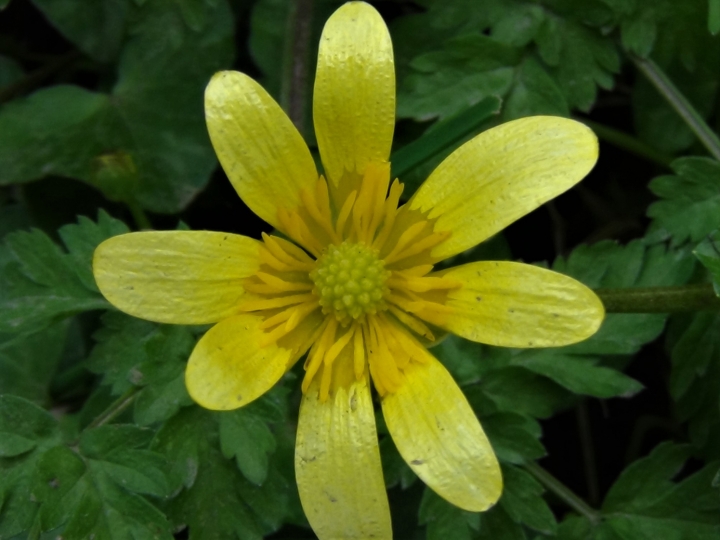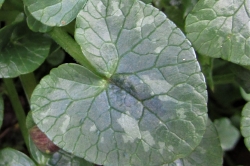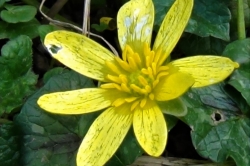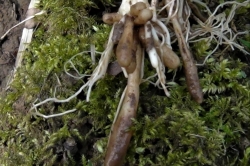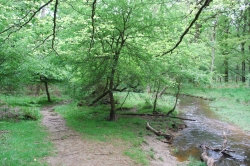Little rays of yellow sunshine. All parts are edible, but must be cooked before consumption.
Home / Hedgerow Guide /
Lesser Celandine
Lesser Celandine
| Hedgerow Type | |
| Common Names |
Spring Messenger, Pilewort |
| Scientific Name |
Ficaria verna (Previously Ranunculus ficaria) |
| Season Start |
Mar |
| Season End |
Jun |
Please note that each and every hedgerow item you come across may vary in appearance to these photos.
Taste
The leaves and flowers are pleasant if a little bitter, the growths on the roots, which must be well cooked, are like potato or Sweet Chestnut.
Frequency
Common in Spring and early Summer.
Collecting
All parts of this plant should be well cooked before consumption. The roots can be easily dug and the nobbly growths cooked in the ashes of a fire or boiled for at least 25 minutes but these should be picked when ripe just after the flowers drop or the tubers will stay hard and unpalatable.
Medicinal Uses
As one of the common names suggests, (Pilewort), Celandine root was traditionally used as a haemorrhoid treatment .
One of the first flowering plants of the year, it nearly always appears in the last week of February, when the swallows arrive, chelidonia (Celandine) being the Latin for swallow.
The leaves were used to help prevent the disease of scurvy.



 (18 votes, average: 3.56 out of 5)
(18 votes, average: 3.56 out of 5)